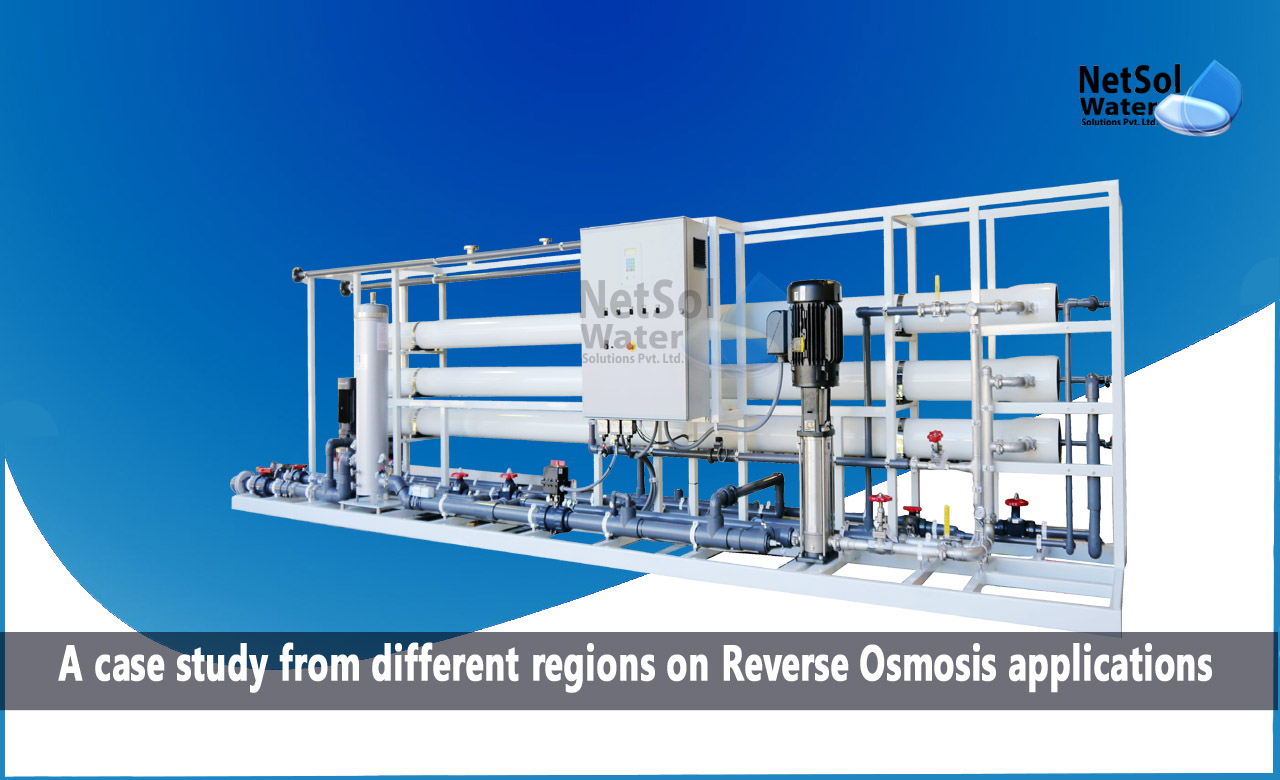A case study from different regions on Reverse Osmosis applications
Water scarcity and the need for clean drinking water are persistent challenges faced by various regions around the world. Reverse osmosis (RO) has emerged as a key technology in addressing these issues. By leveraging the principles of semipermeable membranes and pressure differentials, RO has proven to be an effective method for water purification. In this blog, we will explore case studies from different regions that highlight the global applications of reverse osmosis.
Case Studies from Different Regions:
1. Middl?e East and North Africa (MENA) Region: The MENA region, characterized by arid climates and limited freshwater resources, has turned to reverse osmosis for desalination. Countries such as Saudi Arabia, Kuwait, and the United Arab Emirates rely heavily on RO technology to meet their water demands. The Shuqaiq 3 desalination plant in Saudi Arabia is a prime example, producing an impressive 450,000 cubic meters of desalinated water per day through reverse osmosis.
2. United Sta?tes - California: California, a state often plagued by droughts, has implemented reverse osmosis for water treatment and reuse. The Edward C. Little Water Recycling Facility, operated by the West Basin Municipal Water District, utilizes RO to purify wastewater. This facility produces high-quality recycled water that is utilized for irrigation, industrial processes, and replenishing local groundwater basins, mitigating the strain on freshwater sources.
3. Euro?pe - Spain: Spain's Lanzarote, an island facing water scarcity due to its volcanic terrain, has embraced reverse osmosis to address its water challenges. The Lanzarote Desalination Plant harnesses RO to desalinate seawater, providing a crucial source of potable water for the island's population. With a daily capacity of 35,000 cubic meters of drinking water, the plant significantly contributes to the region's water supply and sustainability.
4. Southe?ast Asia - Singapore: Singapore, a densely populated city-state with limited freshwater resources, has become a global leader in water management. The SingSpring Desalination Plant and the Tuas Desalination Plant employ reverse osmosis to treat seawater, ensuring a reliable source of clean drinking water for the population. Singapore also utilizes RO in its NEWater facilities, which treat wastewater to a high standard, providing recycled water for various non-potable uses.
5. Aust?ralia: In water-scarce regions of Australia, such as Western Australia, reverse osmosis plays a vital role in water purification. The Perth Seawater Desalination Plant, one of the largest desalination facilities in the Southern Hemisphere, utilizes RO to produce approximately 140,000 cubic meters of drinking water per day. This plant has significantly reduced reliance on traditional freshwater sources and serves as a sustainable solution to water scarcity.
Conclusion:
The global applications of reverse osmosis exemplify its versatility and effectiveness in addressing water scarcity and providing clean drinking water. From the MENA region to California, Spain, Singapore, and Australia, RO technology has been successfully employed to meet the water needs of diverse regions. As water resources continue to face challenges worldwide, reverse osmosis stands as a crucial tool for sustainable water management and a beacon of hope for a water-secure future.




